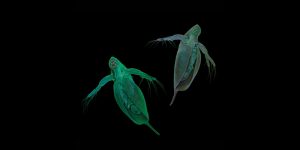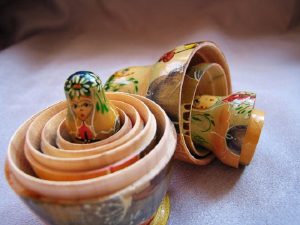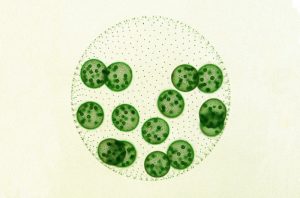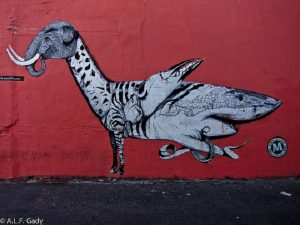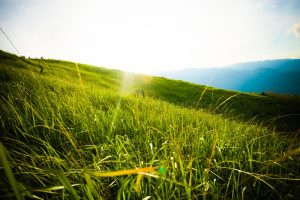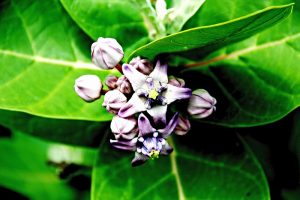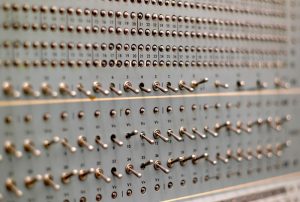Enter your address to receive notifications about new posts to your email.
Science & Publishing
-
Science & Publishing
Do longevity genes really influence aging?
A reanalysis of genes tied to life span in mice reveals only a select few affect aging. Like it or not, you are always getting older. The mechanisms responsible for this fact of life, non-negotiable as it is, remain poorly understood. To identify genes that drive the aging process, researchers typically look for those that…
-
Science & Publishing
Unmasking an elusive Daphnia disease
After 60 years of mystery, researchers have identified the pathogen responsible for White Fat Cell Disease. Water fleas of the genus Daphnia have long been critical tools for studying the ecology and evolution of host-pathogen interactions, but one of their natural pathogens has remained mysterious for more than six decades. In the 1950s, Daphnia magna…
-
Science & Publishing
A new role for a signpost on the chromatin landscape
Monomethylated H3K27 is more than just an intermediate. We often talk about biological traits as if they’re written in our DNA, but some of them aren’t in our DNA at all—instead, they’re on it in the form of chemical tags on the histone proteins our genomic DNA is wrapped around. During development, each cell’s genome…
-
Science & Publishing
Heights and pitfalls in detecting polygenic adaptation
Identifying signatures of polygenic adaptation is getting easier—but a commentary calls for caution in drawing conclusions. If you’ve ever wished for a stepstool so you could see the stage at a crowded concert, or, conversely, if you’re tired of being asked “How’s the weather up there?”, you’ve likely pondered what makes some of us tall…
-
Science & Publishing
Mathematical matryoshka: unscrambling Russian doll genes in ciliates
Elaborate genome rearrangements take nesting to the extreme. Oxytricha trifallax is a single-celled virtuoso of genome rearrangement. Oxytricha is a ciliate, and like all ciliates, it has two nuclei: a tiny, germline micronucleus and a large, somatic macronucleus. Mating brings together two micronuclei, and the daughter cell creates a new macronucleus out of the zygotic…
-
Science & Publishing
On the origin of germ cells
Recent evolution of simple germ–soma division in a green alga sheds light on the early stages of complex multicellular life. Among evolution’s greatest innovations are germ cells. These specialized reproductive cells—familiar to us as sperm and eggs in humans—set the stage for complex multicellular life because they free up all the other cells in the…
-
Science & Publishing
Mixed up: Insights into artificial sequencing chimeras
Sequencing a genome is not as simple as reading a book. All those neatly lined up letters are the final product of a complex process made up of many intricate steps that can—and do—go wrong. In a report published in G3: Genes|Genomes|Genetics, Peccoud et al. put their painful sequencing experiences to good use providing new insights into…
-
Science & Publishing
The genomic downside of greener pastures
Population data from Quebec reveals the genetic consequences of rapid human expansions. The majority of the 6.5 million French Canadians living in Quebec today can trace their heritage to just 8500 settlers who formed clusters around the Saint Lawrence River in the early 17th century. Most remained near those riverside settlements until 200 years later,…
-
Science & Publishing
Learning to peer review: program update
An update on the pilot GENETICS Peer Review Training Program, which provides early career scientists with a mentored peer review experience in which they participate in authentic manuscript reviews. The second phase of the pilot program is currently accepting applicants. As a scientific society publisher, the GSA serves our community. That’s why we are so…
-
Science & Publishing
Giant milkweed genome grows drug potential
Shrub rich in potentially anticancer and antimalarial cardenolide compounds is sequenced in search of biosynthetic pathways. The giant milkweed Calotropis gigantea, a flowering shrub that can grow to 13 feet tall, produces a multitude of chemicals that have possible anticancer and antimalarial properties. A new Genome Report published in G3 describes the plant’s genome, providing…
-
Science & Publishing
A CRISPR shortcut for switching yeast mating types
Wild yeast aren’t picky about their mates. For Saccharomyces cerevisiae, setting the mood is as simple as providing an abundant supply of nutrients, which prompts each yeast cell to search for another of the opposite mating type. If a lonesome yeast cell can’t find a suitable partner, it’s no problem—it can alternate between mating types,…



